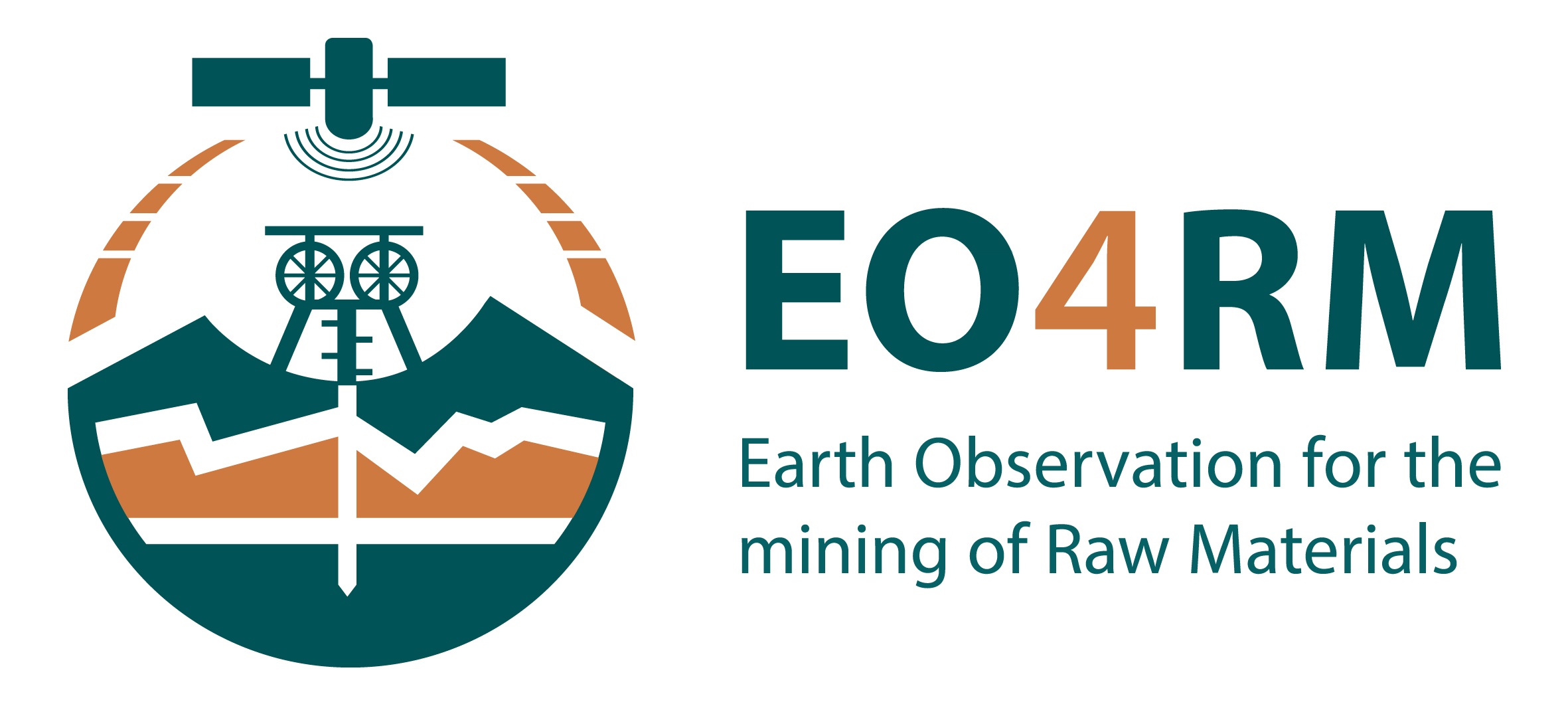Geological Mapping | ||||||||
GRACE Gravity Model 01 based on 111 days of GRACE data. (Source: University of Texas Center for Space Research and NASA) | ||||||||
PRODUCT DESCRIPTION | ||||||||
Category | ||||||||
|
| |||||||
Uses | ||||||||
| ||||||||
Challenges addressed | ||||||||
| Exploration – Geological Mapping | ||||||||
Geo-information needs | ||||||||
| E-2: Geological mapping of sub-surface expressions | ||||||||
Description | ||||||||
It is important for mining companies to establish the likelihood of mineral being present. Therefore, an understanding of the geological structure of prospective areas is important. Additionally, magnetic and gravitational field data to get some insights on internal structures of the ground is needed. With this information it is possible to construct an image of the structures in a region. Information on Earth’s gravitational field supports such analysis using special satellites. NASA GRACE mission (2002–2017) and the follow-up mission GRACE-FO (launched in 2018) provide information on the Earth’s gravitational field. | ||||||||
Known restrictions / limitations | ||||||||
The resolution of the accessible data as well as spatial coverage of the imagery can be a limiting factor of the product. NASA’s GRACE missions provide data on Earth’s gravitational field. However, resolution is quite coarse. The first GRACE mission (2002–2017) provided a resolution of 300 km, the follow-up mission, GRACE-FO, launched in 2018, now provides a resolution of 100 km. Concerning change products consistent data from the same sources and the same period for the entire region is needed. | ||||||||
Lifecycle stage and demand | ||||||||
Exploration | Environmental Assessment and Permitting | Design, Construction and Operations | Mine Closure and Aftercare | |||||
| ■■■■■ |
| ■■■ |
| |||||
Exploration: At this stage of mining, information is important to support decision-making. It is important to gain knowledge on the general geological structure and additional information such as gravitational fields as well as the internal structure of the ground. Geology structures are used to construct an image of the structures in a region and establish the likelihood of mineral being present. Design, Construction & Operations: Information on geological structure helps to plan and design the infrastructure and other mining activities in the design and construction phase of mining. During operations monitoring of changes in lithology and soils helps to observe facilities and operations to detect probable damages or dangers. | ||||||||
Geographic coverage | ||||||||
Globally available. | ||||||||
EARSC Thematic Domain | ||||||||
Domain | Land | |||||||
| Sub-domain | Geology | |||||||
| Product description | Map geological features | |||||||
PRODUCT SPECIFICATIONS | ||||||||
Input data sources | ||||||||
| Satellite | GRACE | GRACE-FO | GOCE | |||||
| Status | Archive | In operation | Archive | |||||
| Operator | NASA | NASA | NASA | |||||
| Data availability | Commercial, on demand | Commercial, on demand | Public | |||||
| Resolution (m) | 300 km | 100 km | ||||||
| Coverage | Global | Global | ||||||
| Frequency (days) | ||||||||
| Launch year | 2002 - 2017 | 2018 | 2009 - 2013 | |||||
Website | link | link | link | |||||
Minimum Mapping Unit (MMU) | ||||||||
Variable, depending on source data resolution. | ||||||||
Accuracy / constraints | ||||||||
Thematic accuracy: Detection of different surface materials. Spatial accuracy: Dependent on input pixel resolution. | ||||||||
Accuracy assessment approach & quality control measures | ||||||||
N/A | ||||||||
Frequency / timeliness | ||||||||
Observation frequency: Every one or more days, depending on satellite. Timeliness of delivery: Within ten (working) days of sensing. | ||||||||
Availability | ||||||||
| GRACE (2002–2017) and GRACE-FO (since 2018) data can be accessed through the operator/vendor. | ||||||||
Delivery / output format | ||||||||
Data type: Raster formats File format: Geotiff Further delivery formats: Report | ||||||||
USE CASE | ||||||||
Source: NASA/JPL-Caltech, https://gracefo.jpl.nasa.gov/resources/52/grace-fo-gravity-data-over-africa/
This image is based on NASA’s GRACE-FO mission and shows gravity field over Africa. | ||||||||



This page has no comments.